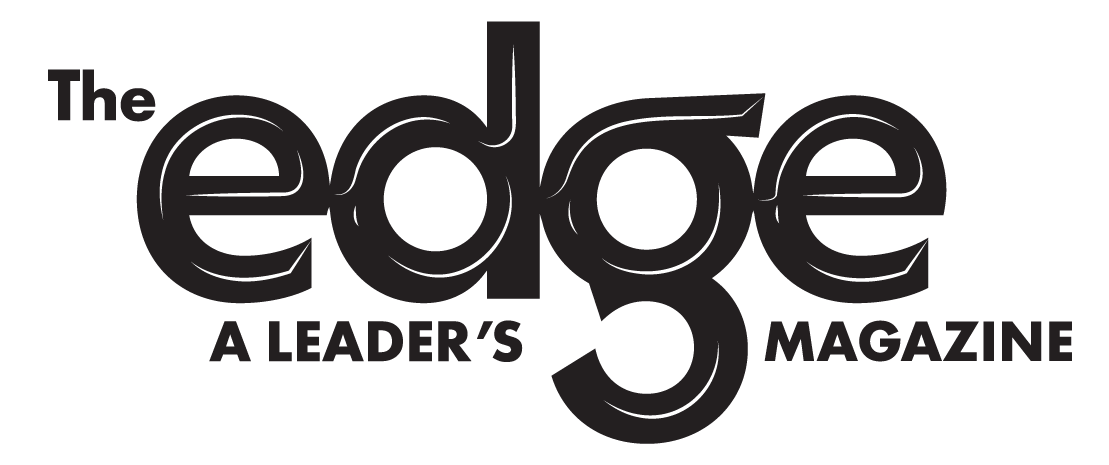Many women face an invisible yet pervasive obstacle in the journey toward financial empowerment: the Pink Tax. This term refers to the higher prices women often pay for products and services virtually identical to those marketed toward men. The Pink Tax can significantly increase over time, from personal care items to dry cleaning and vehicle repairs. While efforts to eliminate this disparity are ongoing, the reality is that it still exists. Incorporating awareness of the Pink Tax into your financial planning can help mitigate its effects and promote a more strategic approach to managing your money.
Understanding the Pink Tax
The Pink Tax is not a literal tax, but a price discrepancy observed in various consumer goods and services. Studies have shown that women pay an average of 7% more for products like razors, shampoos, and deodorants than their male counterparts. Even more surprising, services such as dry cleaning and haircuts can cost more for women, despite the similar service requirements. This extra cost is not just an inconvenience; it creates a tangible financial burden over time. Addressing this requires consumer awareness of pricing practices and proactive strategies to balance these additional expenses.
Steps to Incorporate the Pink Tax into Your Financial Plan
Conduct a spending audit by reviewing your monthly expenses to identify areas where the Pink Tax might affect your budget. Focus on categories like personal care, clothing, and professional services. It will give you a clearer picture of where your money is going and help you pinpoint the areas to address. Compare prices and choose wisely whenever possible; compare prices of men’s and women’s versions of similar products. The “male” version of razors, shaving creams, or deodorants is often priced lower for the same functionality. Don’t be afraid to purchase gender-neutral or male-targeted products if they serve the same purpose. Prioritize gender-neutral brands, as many brands are stepping up to offer gender-neutral pricing and products designed for all consumers. By supporting these companies, you save money and contribute to a growing movement toward fair pricing practices. Negotiate and question service fees regarding services like dry cleaning or auto repairs; don’t hesitate to question pricing discrepancies. Ask why a service for women is priced higher than the same service for men and negotiate when appropriate.
Advocate for change by being an informed consumer, which includes advocating for policies that address unfair pricing practices. Support legislation to eliminate the Pink Tax and raise awareness among peers to create a collective demand for change. Build a buffer for hidden costs and incorporate a contingency fund into your budget to cover unexpected expenses tied to higher costs for women. This buffer ensures that these discrepancies won’t derail your broader fi nancial goals. Educate yourself on tax deductions. In some cases, work-related expenses for appearance or clothing, such as dry cleaning for uniforms or professional attire, may be deductible from your taxes. Consult a fi nancial advisor or tax professional to explore these options. Leverage loyalty programs and discounts; enroll in loyalty programs that offer discounts on frequently purchased items. Many retailers provide significant savings through membership rewards, helping offset some of the extra costs of the Pink Tax.
Long-Term Strategies
Addressing the Pink Tax is about managing expenses today and creating a sustainable financial future. Incorporate these practices into your long-term planning: Invest in quality products as higher-quality items often last longer, reducing replacement frequency and saving money in the long run. Track progress and regularly review your spending to measure how well you’re minimizing the Pink Tax’s impact. Discuss with a Financial Advisor who may offer tailored advice on integrating these strategies into a broader financial plan.
Shirley Graham | Staff Writer




















